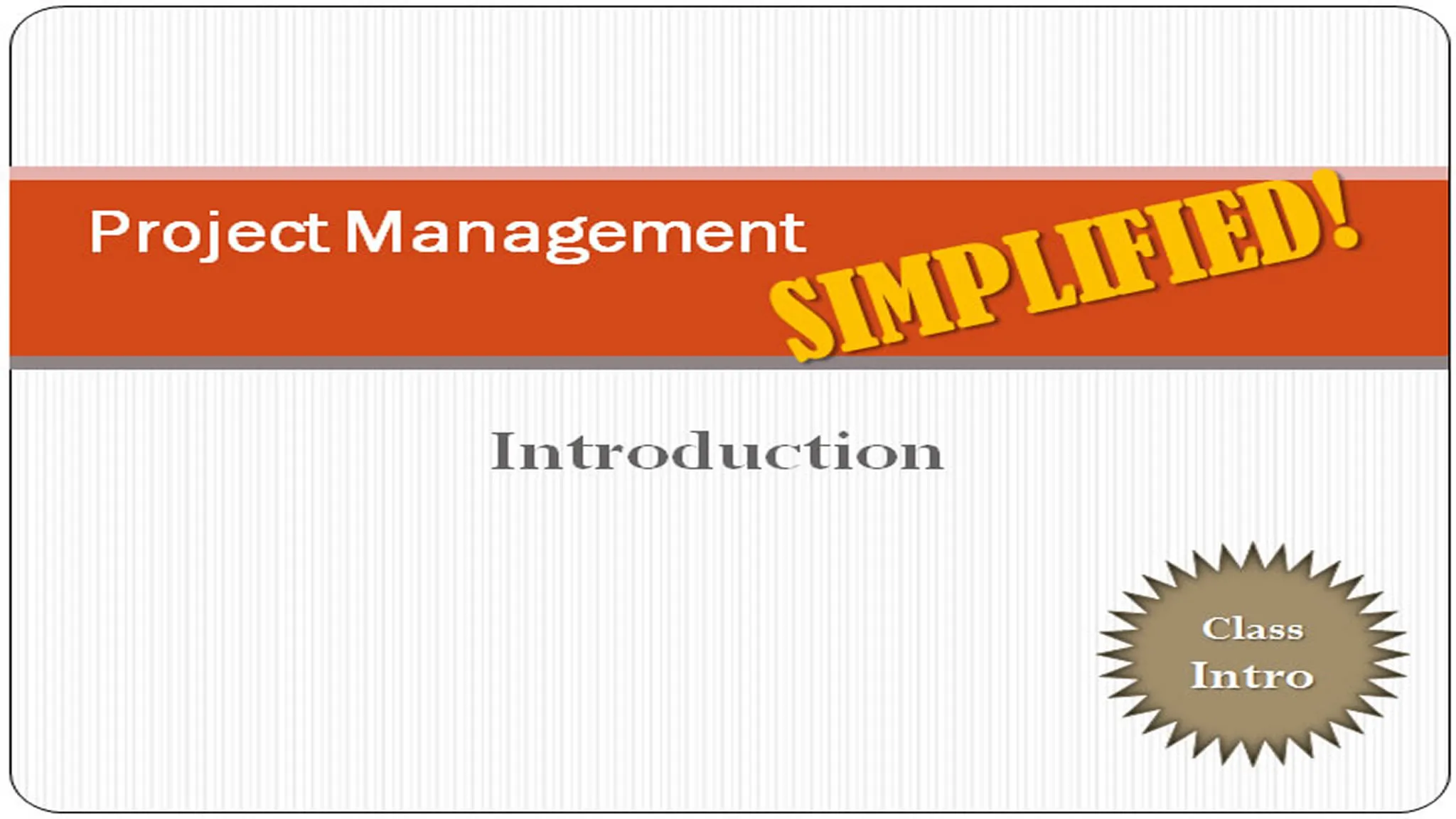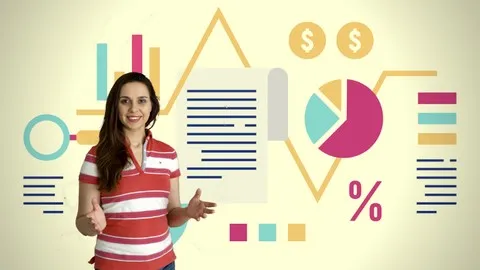
RPA Innovation for Finance Planning and Analysis 
Get a comprehensive overview of RPA Innovation for Finance Planning and Analysis ▼
ADVERTISEMENT
Course Feature
![]() Cost:
Cost:
Free
![]() Provider:
Provider:
Youtube
![]() Certificate:
Certificate:
Paid Certification
![]() Language:
Language:
English
![]() Start Date:
Start Date:
On-Demand
Course Overview
❗The content presented here is sourced directly from Youtube platform. For comprehensive course details, including enrollment information, simply click on the 'Go to class' link on our website.
Updated in [May 17th, 2023]
This course, RPA Innovation for Finance Planning and Analysis, provides an overview of the impact of Robotic Process Automation (RPA) on employees at GM Financial, as well as how Qualcomm uses RPA to avoid costly errors in finance and accounting. Participants will learn how to automate the PO process in SAP with a bot and Automation 360. By the end of the course, participants will have a better understanding of the potential of RPA in finance and accounting.
[Applications]
The application of this course can be seen in the automation of the PO process in SAP with the use of a bot and Automation 360. Additionally, the course can be used to understand the impact of RPA on employees at GM Financial and how Qualcomm uses RPA to avoid costly errors in finance and accounting. With the knowledge gained from this course, organizations can use RPA to streamline their finance and accounting processes, reduce costs, and improve accuracy.
[Career Paths]
1. Financial Analyst: Financial analysts provide guidance to businesses and individuals making investment decisions. They assess the performance of stocks, bonds, and other types of investments. They use financial models and analytical tools to assess the past performance of investments and to forecast their future performance. With the introduction of RPA, financial analysts are now able to automate tedious and time-consuming tasks, allowing them to focus on more complex analysis and decision-making.
2. Financial Planner: Financial planners help individuals and businesses create and implement financial plans. They provide advice on investments, taxes, estate planning, retirement, and insurance. With the introduction of RPA, financial planners are now able to automate tedious and time-consuming tasks, allowing them to focus on more complex planning and decision-making.
3. Business Analyst: Business analysts are responsible for analyzing the performance of a business and making recommendations for improvement. They use data analysis and financial modeling to identify trends and opportunities for improvement. With the introduction of RPA, business analysts are now able to automate tedious and time-consuming tasks, allowing them to focus on more complex analysis and decision-making.
4. Data Scientist: Data scientists use data to identify patterns and trends in order to make predictions and recommendations. They use a variety of techniques, such as machine learning, to analyze large datasets. With the introduction of RPA, data scientists are now able to automate tedious and time-consuming tasks, allowing them to focus on more complex analysis and decision-making.
[Education Paths]
1. Bachelor of Science in Accounting: This degree path provides students with a comprehensive understanding of accounting principles and practices, as well as the ability to analyze financial data and make informed decisions. With the increasing use of automation in the finance and accounting industry, this degree path is becoming increasingly important for those looking to stay ahead of the curve.
2. Master of Science in Business Analytics: This degree path focuses on the use of data and analytics to make informed decisions in the finance and accounting industry. Students learn to use data-driven techniques to identify trends, develop strategies, and optimize processes. With the increasing use of automation in the finance and accounting industry, this degree path is becoming increasingly important for those looking to stay ahead of the curve.
3. Master of Science in Financial Engineering: This degree path focuses on the use of mathematical and computational methods to analyze and manage financial risk. Students learn to use sophisticated models and algorithms to identify and manage financial risks, as well as develop strategies to optimize financial performance. With the increasing use of automation in the finance and accounting industry, this degree path is becoming increasingly important for those looking to stay ahead of the curve.
4. Master of Science in Artificial Intelligence: This degree path focuses on the use of artificial intelligence and machine learning to automate processes in the finance and accounting industry. Students learn to use AI and ML algorithms to automate tasks, identify patterns, and make predictions. With the increasing use of automation in the finance and accounting industry, this degree path is becoming increasingly important for those looking to stay ahead of the curve.
Course Provider

Provider Youtube's Stats at AZClass
Discussion and Reviews
0.0 (Based on 0 reviews)
Explore Similar Online Courses

Content Marketing Fundamentals Course with Ashley Segura

Free Canva Graphics Design Course

Project Management SIMPLIFIED

Practical Project Management for Managers and First Time PMs

Scrum Master Certification Exam Preparation

Project Management for Developers and Technical Experts

Practical Project Management Certification - Microcredential - FutureLearn

Project Management: Human Resources and Leadership - FutureLearn

Big Picture of the Projects and Beyond

Project Management Skills and Leadership Course

Prince Training - Project Management Certification - FutureLearn

Free PMP Tutorial - PMP Exam Prep: Project Management Certification - PMBOK 5
 Related Categories
Related Categories
 Popular Providers
Popular Providers
Quiz
 Submitted Sucessfully
Submitted Sucessfully
1. What is the main purpose of RPA for Finance & Accounting?
2. Which tool is used to automate the PO process in SAP?
3. What is the Impact of RPA on Employees at GM Financial?
4. What is the acronym for Robotic Process Automation?
Correct Answer: RPA


Start your review of RPA Innovation for Finance Planning and Analysis